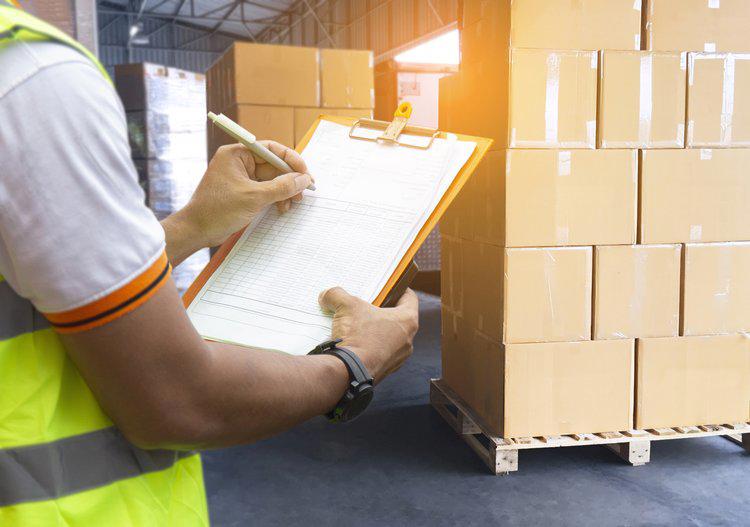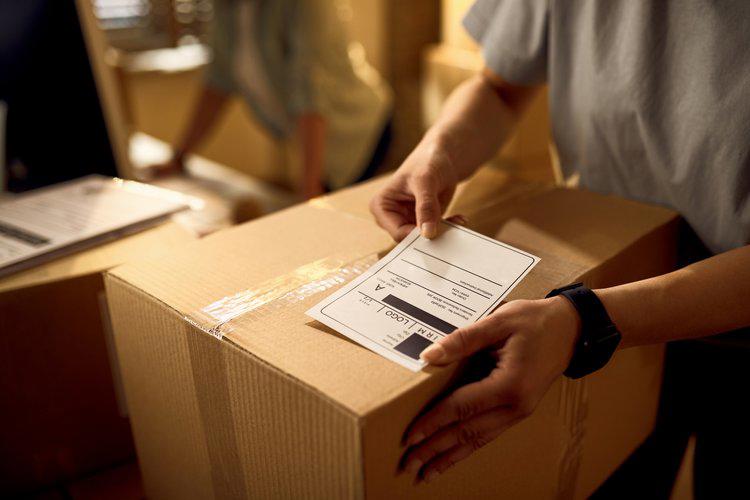
Starting June 1st, 2023 Our warehouse fee will be $0.65/cubic foot per month
In effort to lower the warehouse storage fee during inflation, we have went narrow aisle racking.This construction took us four months but the project is finally completed. With narrow aisle racking, we are able to drop storage by 24%.We as partners will go through this inflation together.
03/16/2023
Your high school coach may have said that a lack of preparation leads to failure.
We're not going to make you run laps, but we do want to impart the same wisdom regarding LTL freight shipping.
For the safety of your goods and your finances, it is crucial that your shipments are properly prepared. Failure to do so may result in replacement and adjustment fees being added to your final invoice.
Therefore, we will discuss the best methods for preparing your items for LTL shipping.
How to Prepare for Less-Than-Truckload Shipping

Calculating Dimensions
LTL carriers require precise shipment dimensions in order to calculate metrics such as density, which affect shipping costs. You will be required to provide precise length, width, and height (to the nearest inch), as well as weight specifications. Remember to include packaging dimensions, as carriers consider packaging to be part of the shipment.
Accuracy is essential to this procedure. Precise measurements can determine whether a shipment is assigned to a cheaper or more expensive shipping class and help you avoid costly adjustments when carriers review your shipment.

Presenting Documentation
LTL carriers need specific information, including your name, the recipient's name, shipping address, date of shipment, number of units shipped, packaging type, freight description, freight class, freight dimensions, total value, and more. This information is recorded in a Bill of Lading (BOL), which should be prepared for the carrier at pickup.
Failure to present this document can delay your shipment, create supply chain bottlenecks, and potentially lead to additional fees, so complete it in advance.

Packaging and Labeling
To maximize shipment density and reduce shipping costs, efficiently package your goods. Utilizing pallets and crates to create a cube for your shipment is the most efficient method, as it reduces shipment dimensions and improves pricing.
When packaging, place heavier objects on the bottom and lighter objects on the top. Reduce the risk of damage by using stretch wrap or similar materials to secure the load. Attach a BOL along with any necessary handling notations, such as "fragile," to the packaged freight. As a best practice, attach a label to each handling unit of the shipment.

Be Prepared
By adhering to this guide, your shipment will be prepared for loading when carriers arrive to collect it. In the world of LTL freight shipping, unprepared shipments risk missing the carrier's loading window, which can be brief. Many carriers will not wait or may charge additional fees for a second pickup attempt.
MintN

Education
01/05/2025

Education
02/18/2025

Education
01/01/2024

Education
08/28/2024

Education
11/13/2023